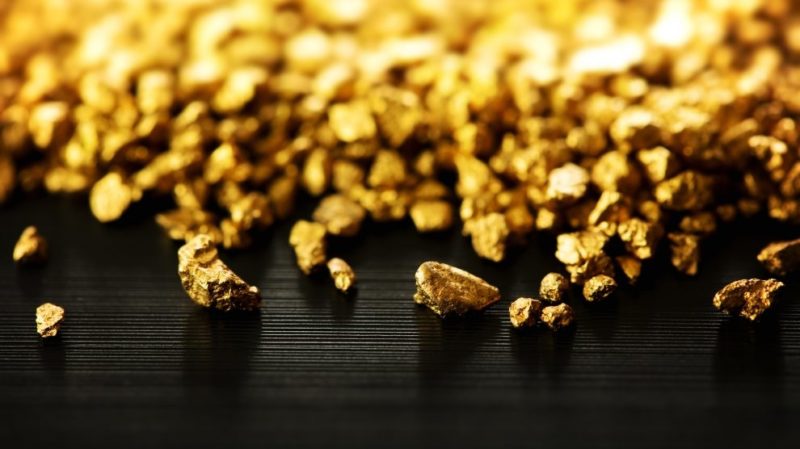By ETimes
Government announced that at the beginning of October, all mining royalties will be paid for in the form of minerals in line with the National Development Strategy One objectives of building sustainable strategic mineral reserves.
Currently, platinum miners pay 2,5 percent in royalties, which goes up to 5 percent in January. Gold royalties are at a maximum of 5 percent. The royalties are paid in cash. Now half the royalties from gold, platinum, lithium and diamond producers must be paid in the actual minerals.
President Emmerson Mnangagwa said, “In the spirit of building our country brick by brick, we have introduced a commodity payment for mining royalties such that even future generations will benefit from these resources.”
The new policy thrust will see half of the mining royalties being paid for in mineral commodities, while another half will be remitted in cash to cater for treasury obligations, as royalties are a key source of foreign currency.
Chamber of Mines chief executive Isaac Kwesu said, “We respect the government’s position. It’s their prerogative. All they are saying is they are changing payment modalities.”
Zimbabwe National Chamber of Commerce chief executive officer, Mr Christopher Mugaga says the new policy initiative has worked successfully in other jurisdictions in safeguarding and creating wealth for nations.
“The approach taken by the government is very commendable in that it has got multiple effects even in the strengthening of our local currency in the long run as reserves have traditionally been used as a safety net for currency. However, there is a need to put proper mechanisms for administration of these reserves to serve the purpose they have been created for,” he said.
Economist Dr Alfred Mtimukhulu said, “It should work. Nothing really changes but the medium of exchange used by miners to settle their obligation. Instead of using the most liquid asset they will use a less liquid one, their output.”
Analysts said this is quite innovative of government because through this it has created another way of managing money supply.
“The royalty payment plan is best analysed not in isolation but along with other measures in place, especially recent ones such as gold coins and hike in interest rates to stabilise currency. Those dots join, it’s easy to see government ‘s game plan and it is an interesting one,” said Dr Mtimukhulu.
The new royalty payment mechanism does not change the cost to producers in the case of gold producers the royalty remains 5 percent.
However, questions have been raised across all sectors that will the authorities be able to take 2,5 percent every time a gold delivery is done or will they accumulate it in a spreadsheet then collect a round figure from Fidelity after several shipments?
Analysts have said it comes with administrative challenges but that’s for them to deal with as this is a great idea which should be implemented.
“The concept sounds like an attempt to build national reserves like Fort Knox in the USA. If that is the idea, then it is a good start to providing solid backing for the local currency. It may also be a response to the IMF statement that the sale of gold coins was a ‘missed opportunity’ for the country to build reserves,” said a mining expert.
With the country pursuing an upper middle-income society by 2030 and a US$12 billion mining economy by next year, building strategic mineral reserves will go a long way in driving the value addition and beneficiation of natural resources to ensure maximum returns – Harare



